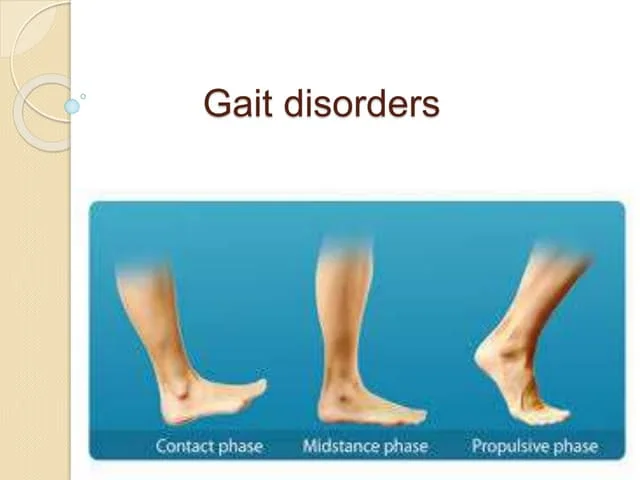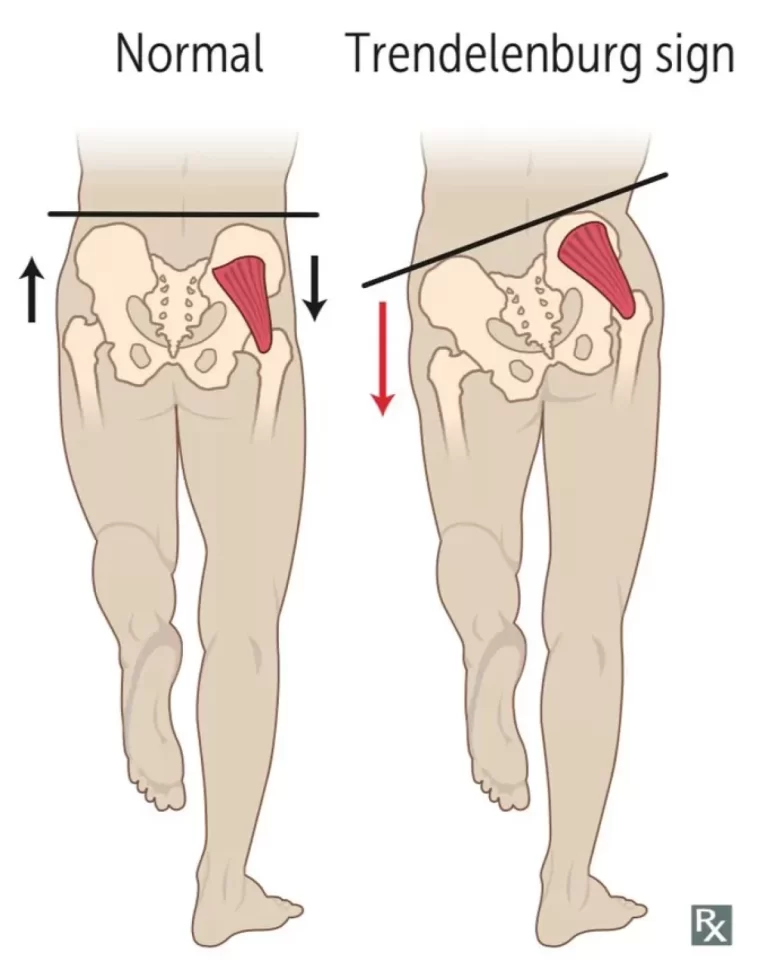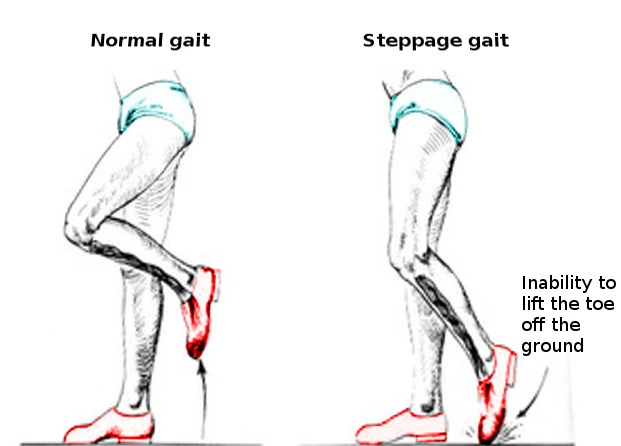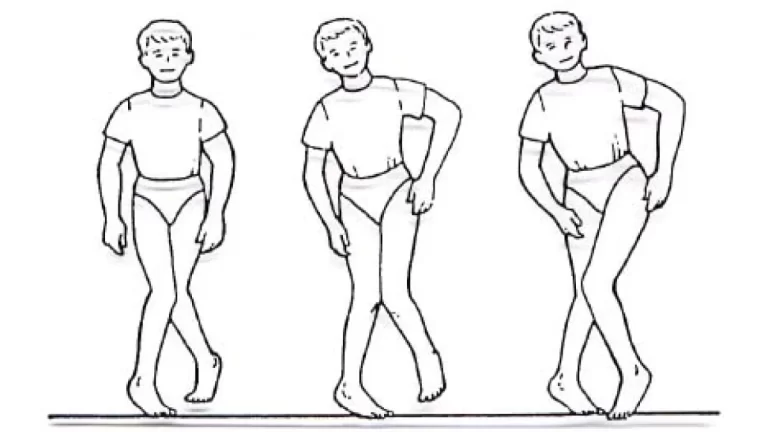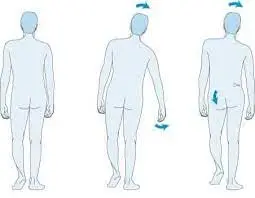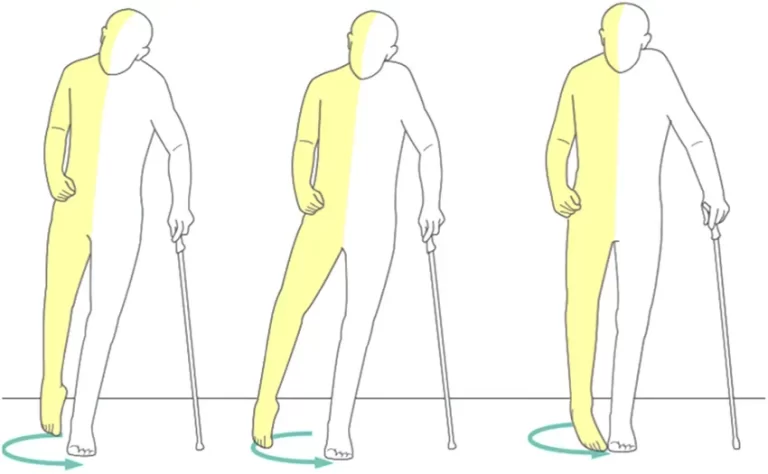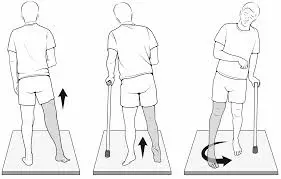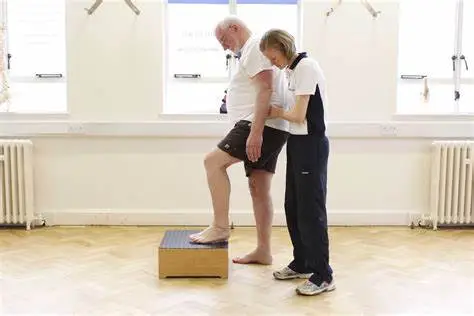Propulsive Gait
Propulsive gait is a complicated syndrome that is mostly linked to neurological conditions, especially Parkinson’s disease. It greatly impairs mobility and quality of life and presents as forward-leaning posture, stumbling steps, and balance issues. Effective diagnosis and treatment depend on an understanding of the underlying causes, which might range from neurological and musculoskeletal disorders to…

